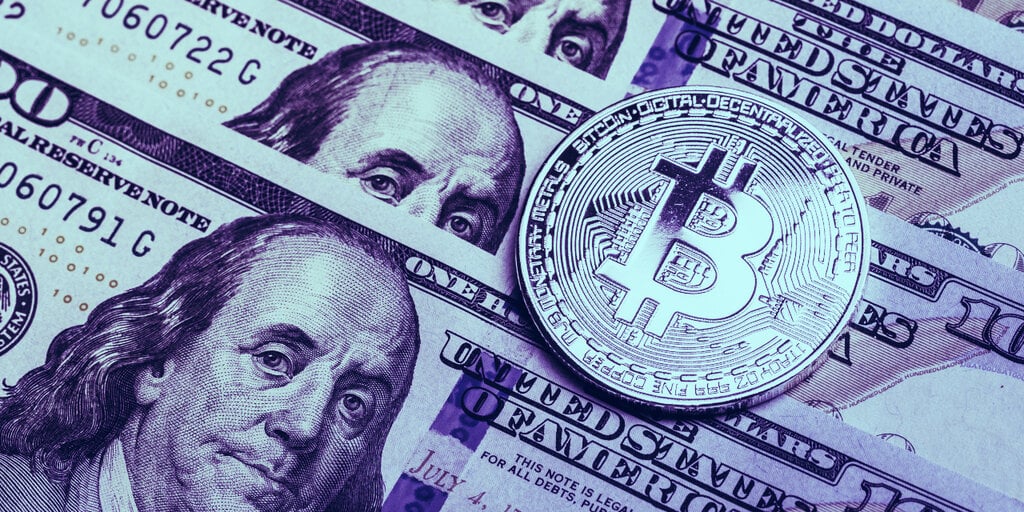
After the recent FTX crash, Binance has been dealing with rumors, speculation and FUD (fear and uncertainty and doubt). Social media has been abuzz with speculation about Binance’s proof of reserves (POR), and criticism regarding the company’s POR efforts.
CZ was Changpeng Zhao (also known as CZ) who addressed the FUD via Twitter on December 13. CZ tweeted that FUD helped them grow, even though it was extremely annoying. You can make a FUD about anyone without mentioning their name. This spreads awareness. This helps to unify their supporters and creates a common defense alliance.
CZ insists Binance was targeted relentlessly with FUD since day one – some of it allegedly sponsored by a large exchange. “Since then there has been almost no week without FUD. CZ shared his thoughts via Twitter.
CZ’s comment follows the Reuters report, published Dec. 12. It claims that the U.S. Department of Justice has been investigating Binance. Reuters reported Monday that four sources familiar with the matter said that DOJ prosecutors were at odds over the alleged investigation. Angus Berwick, Reuters reporter, wrote that the reported split between DOJ prosecutors was ‘delaying conclusion of a long-running penal investigation’ into Binance.
The speculation and confusion surrounding Binance’s largest crypto exchange, BNB have taken a huge hit to Binance’s exchange token . In the past two weeks, the crypto exchange token BNB lost 8.5%.
The seven-day stats show BNB has lost more than 8% against USD. However, BNB is down 6.9% since Tuesday’s U.S. inflation data. This trend is opposite to what other leading cryptos such as BTC or Ethereum have done. Both coins rose in value between 5-7% and 9:01 AM on Tuesday. ET).
BNB is outperforming crypto assets BTC, Ethereum in terms losses from last year’s all-time highs. BTC is up today but the top crypto asset is still 74% below the all-time high (ATH). While Ethereum ( ETH is down 72% from last years ATH, Binance’s BNB is only down 60% since the crypto asset’s $686 per-unit high price printed on May 10, 2021.




